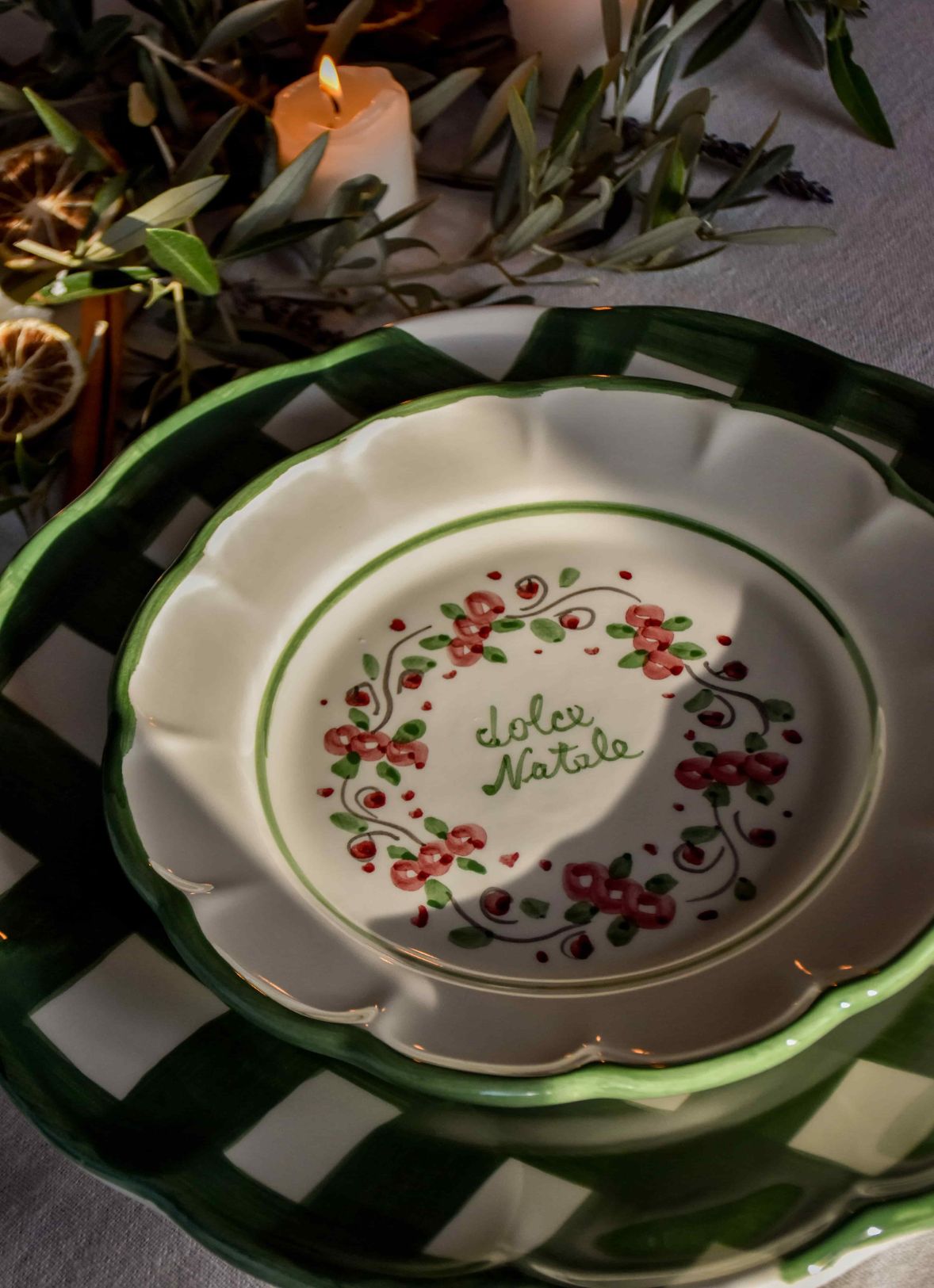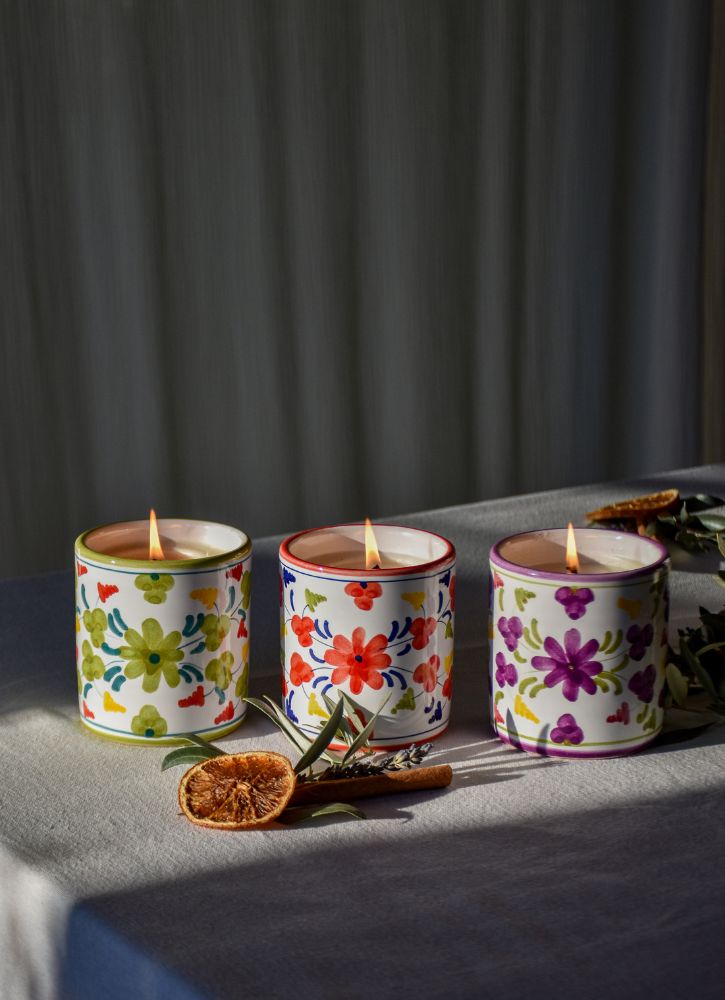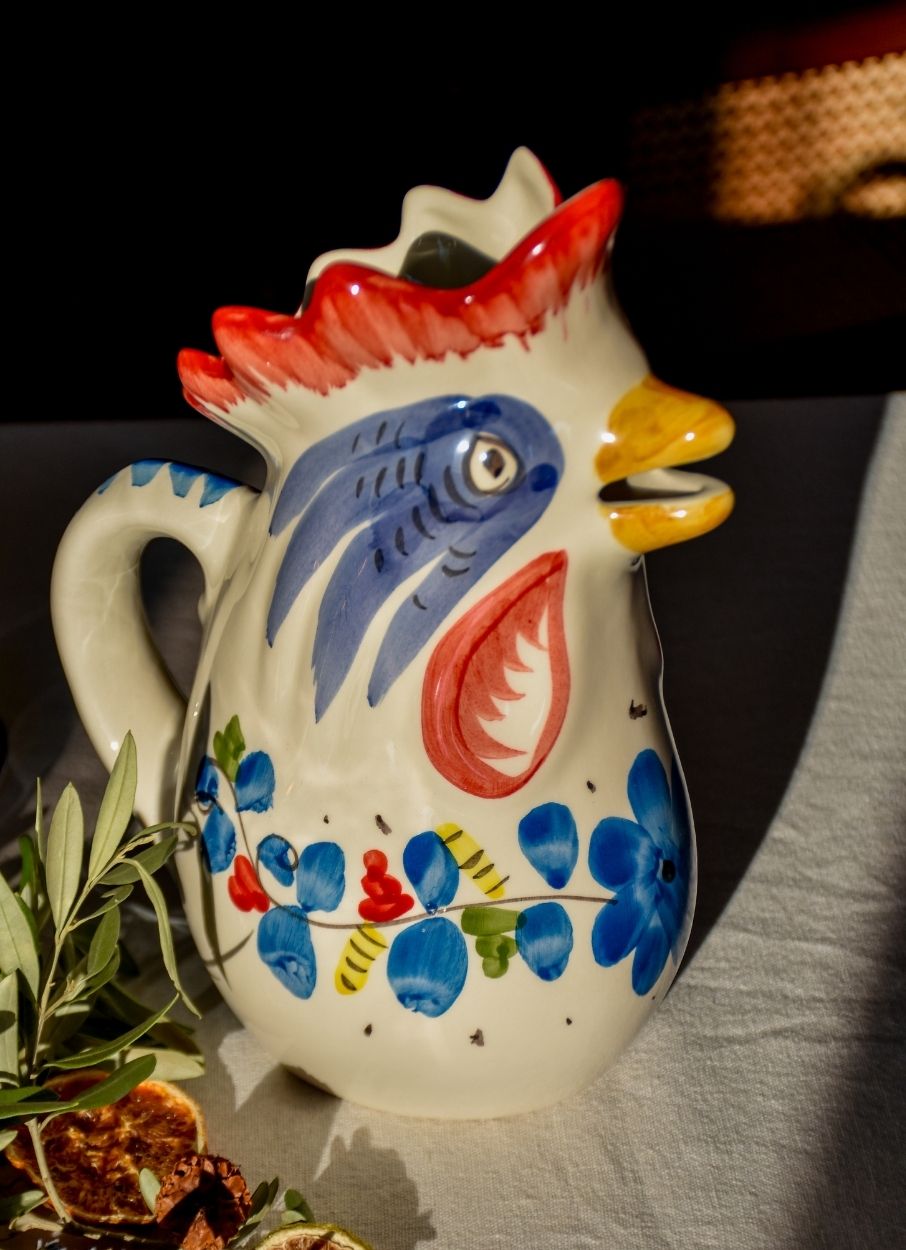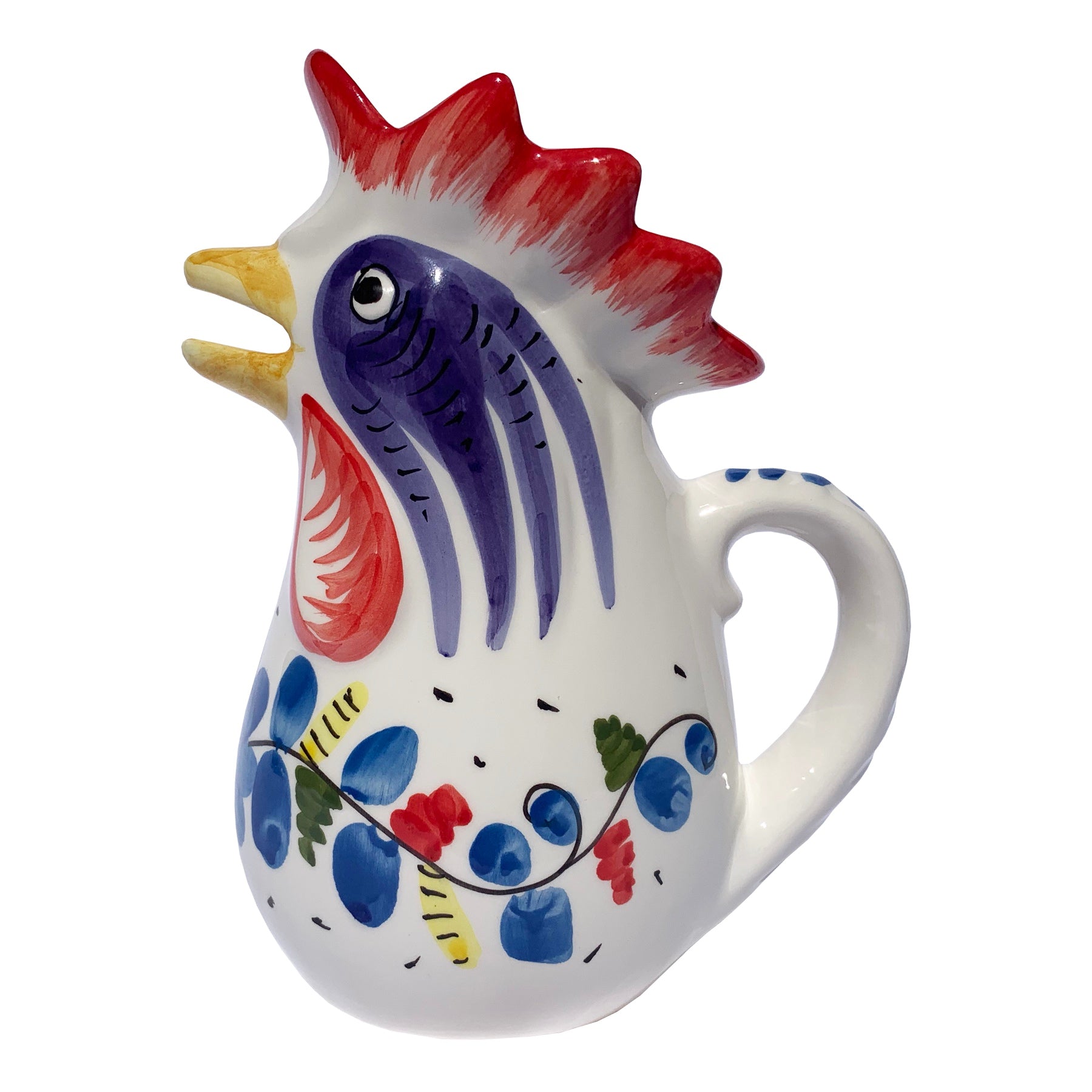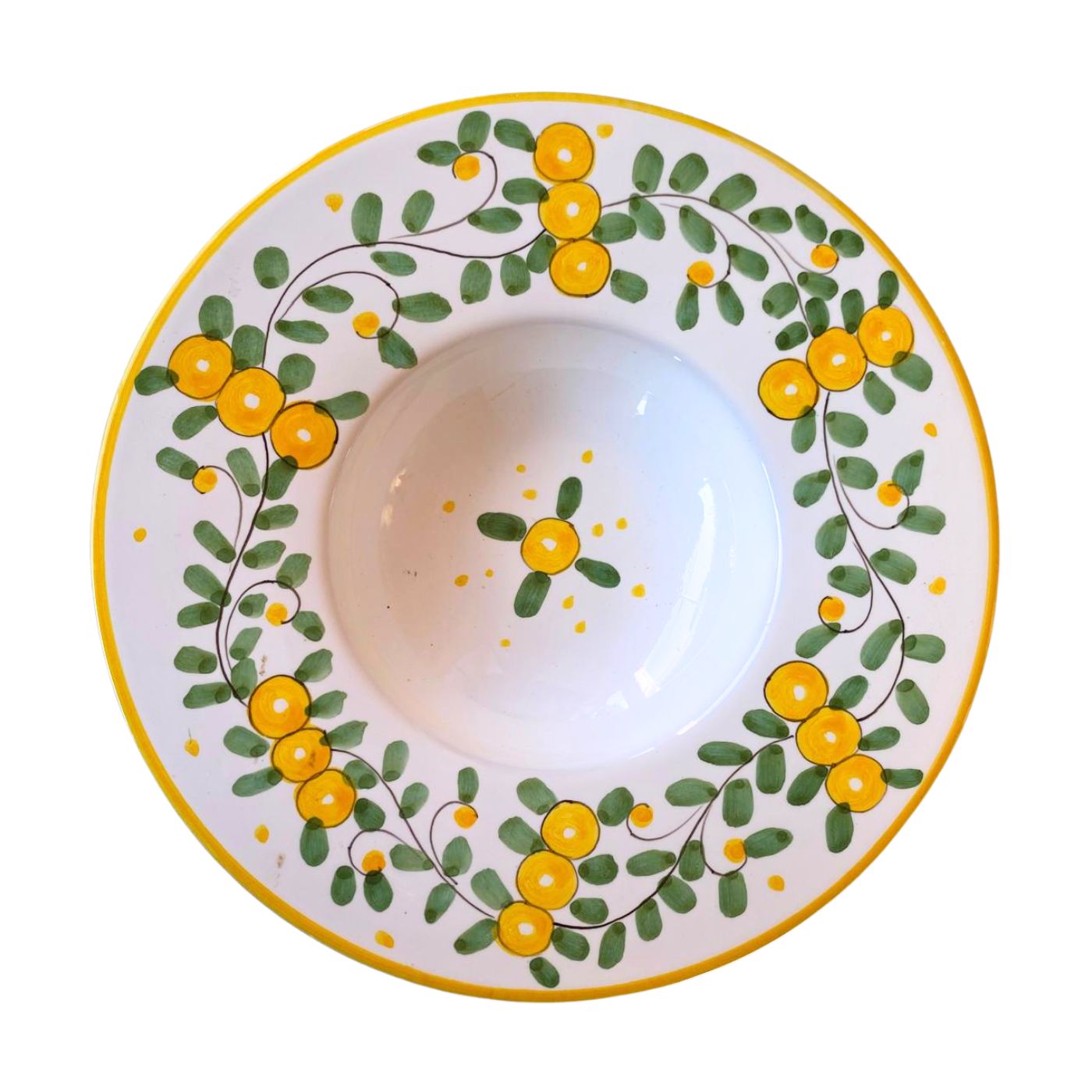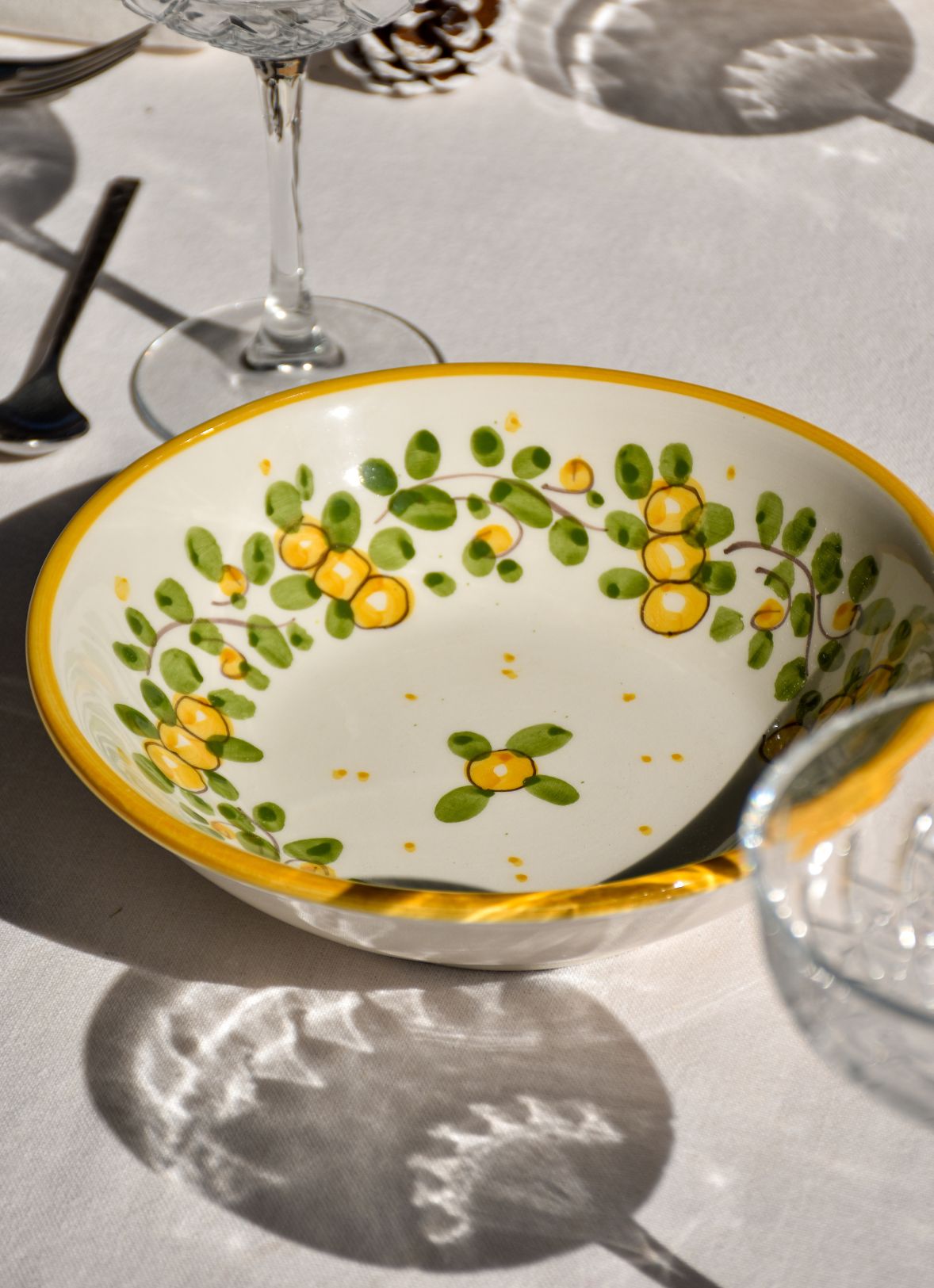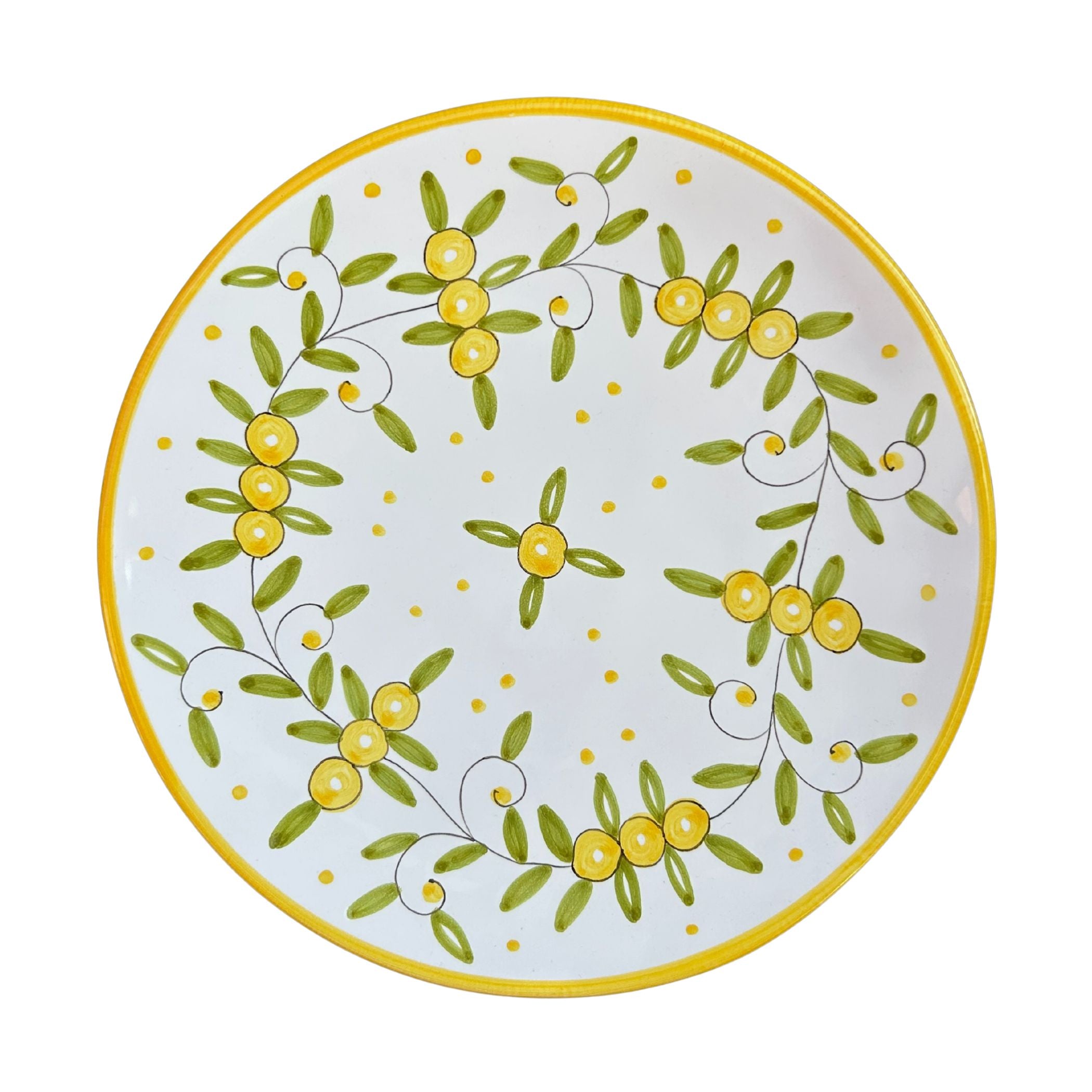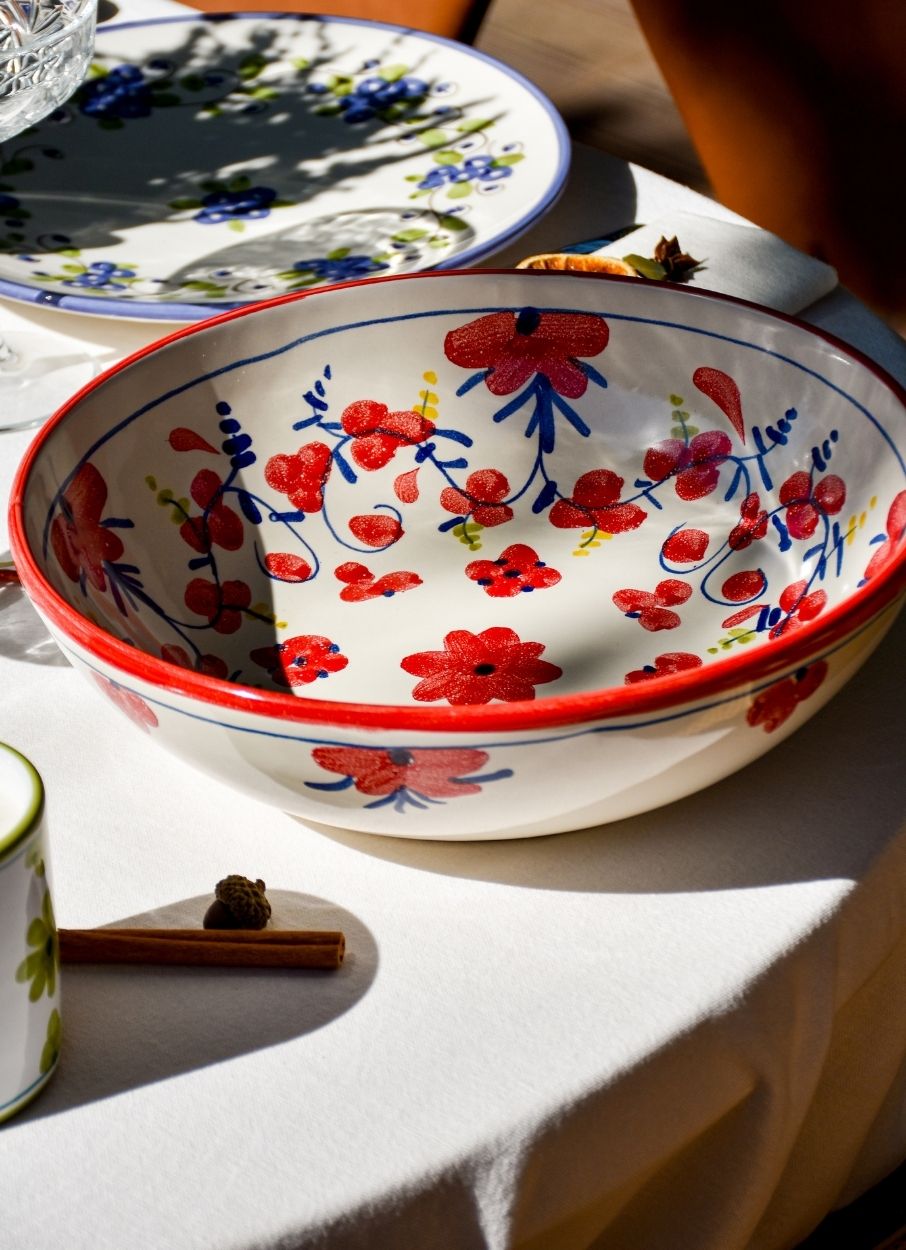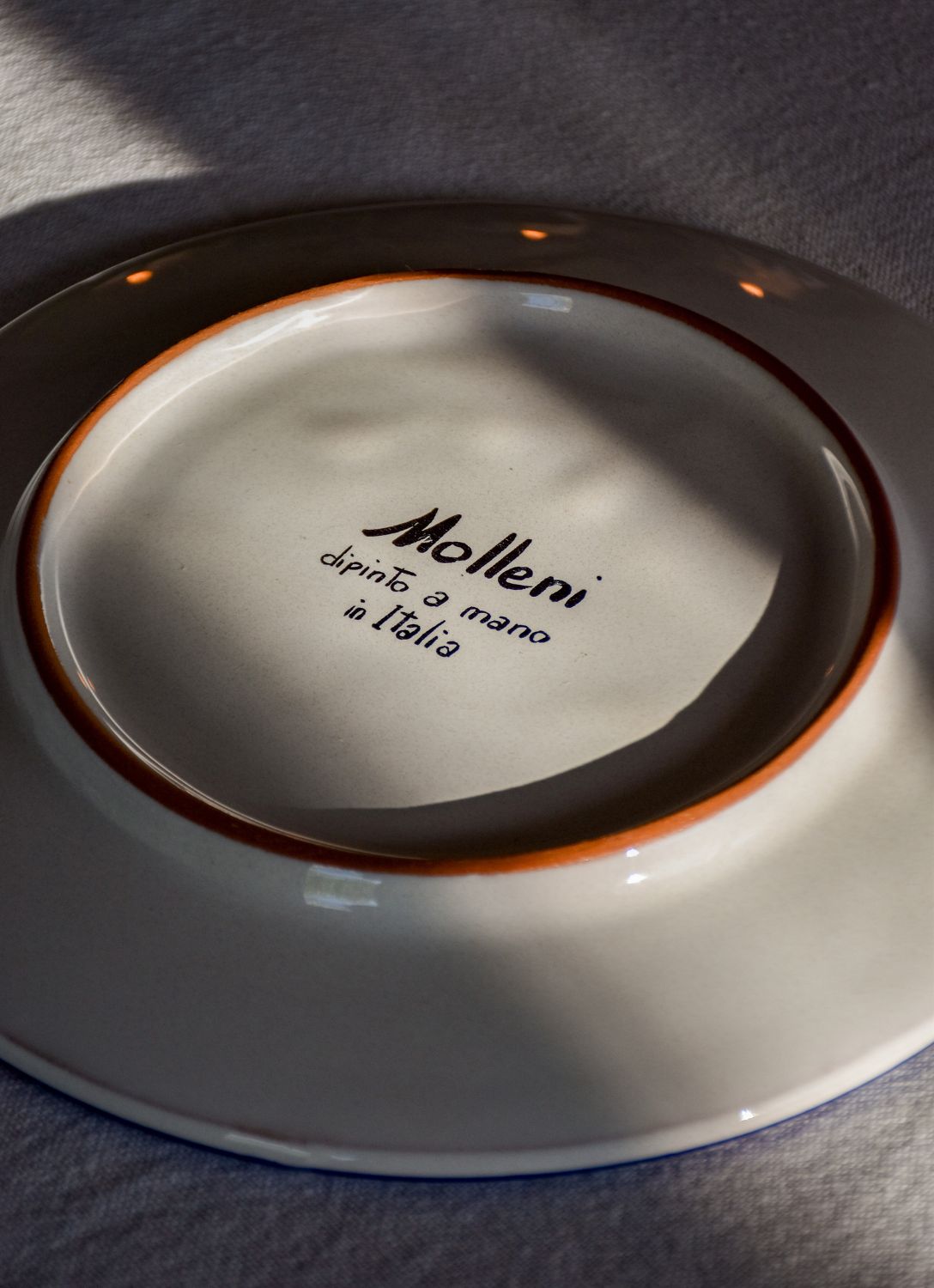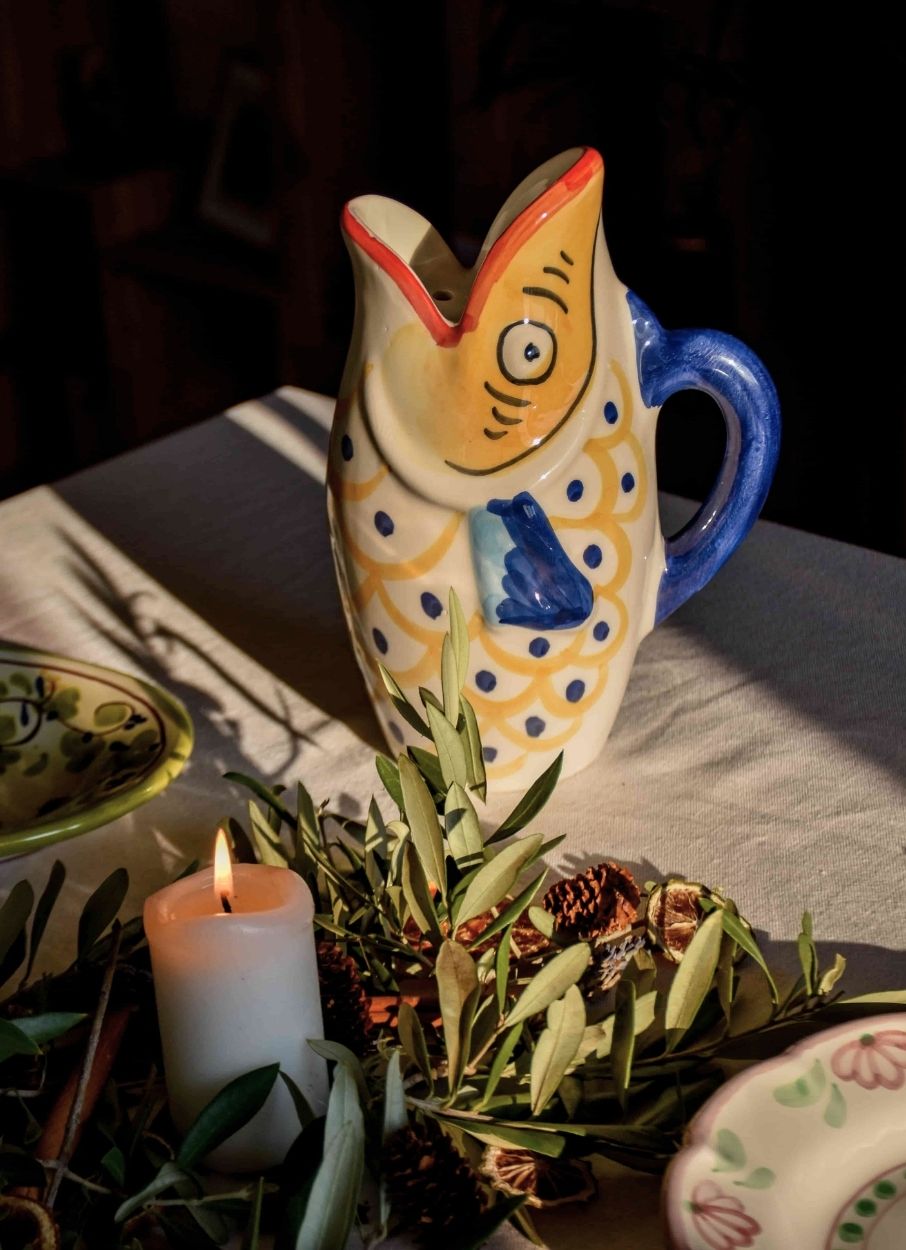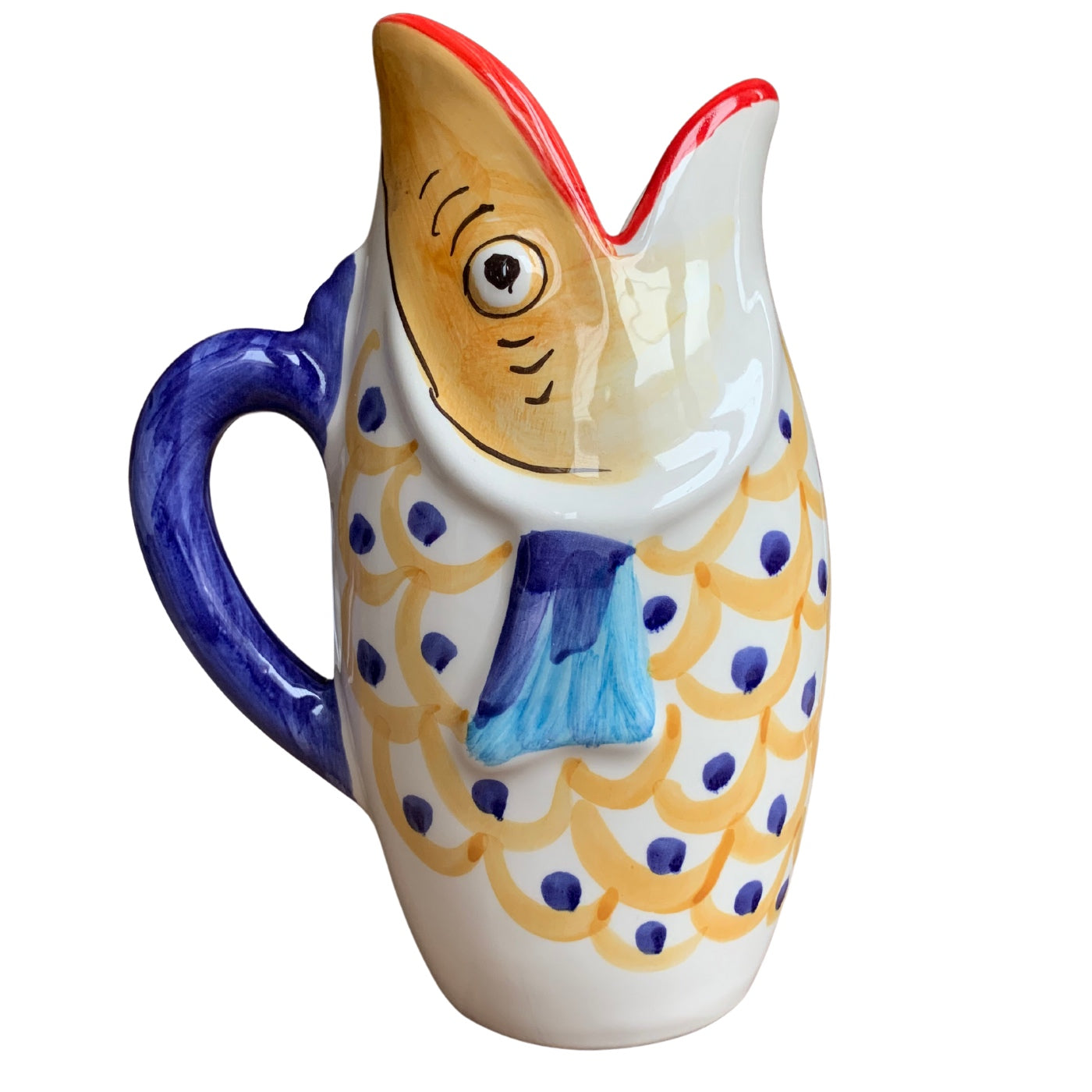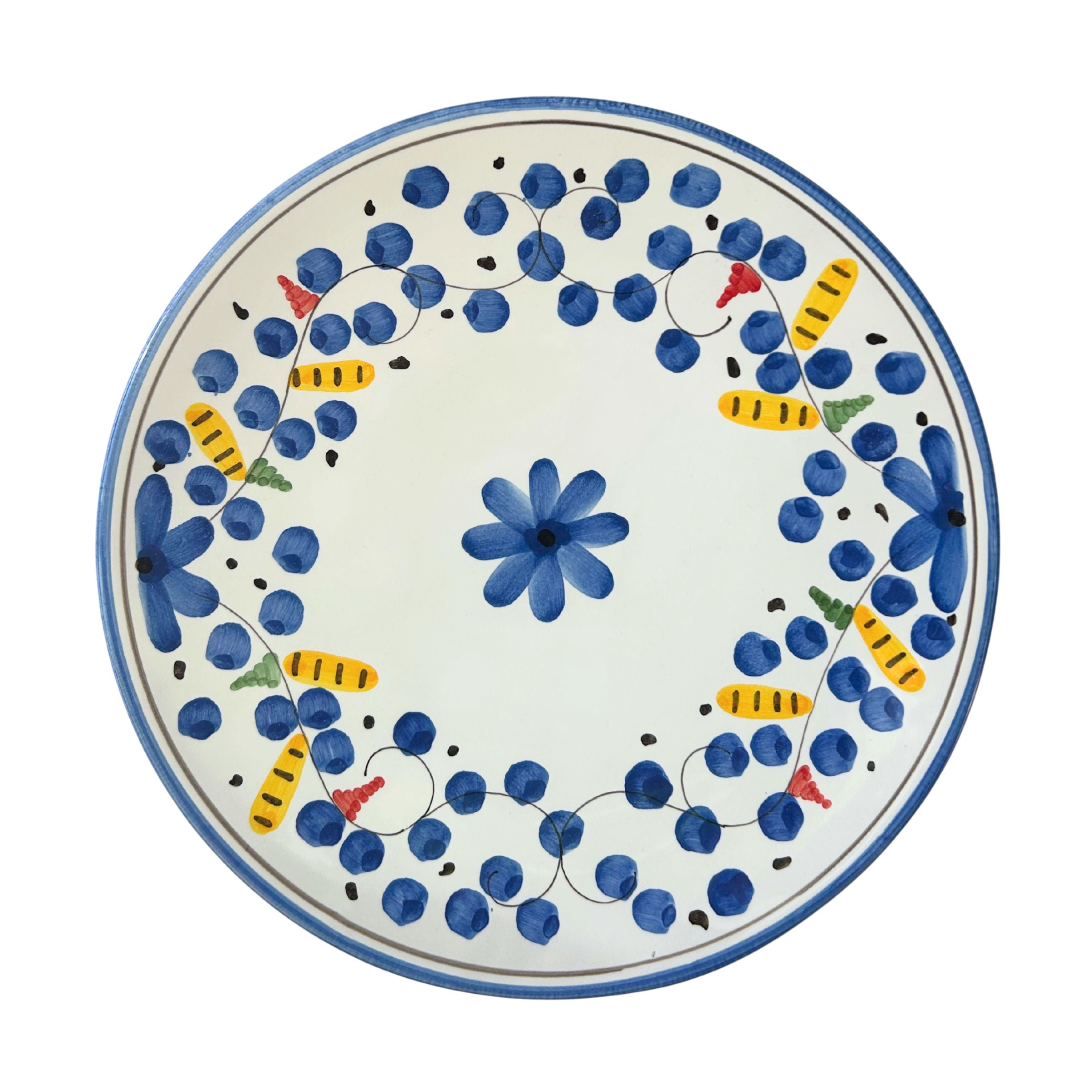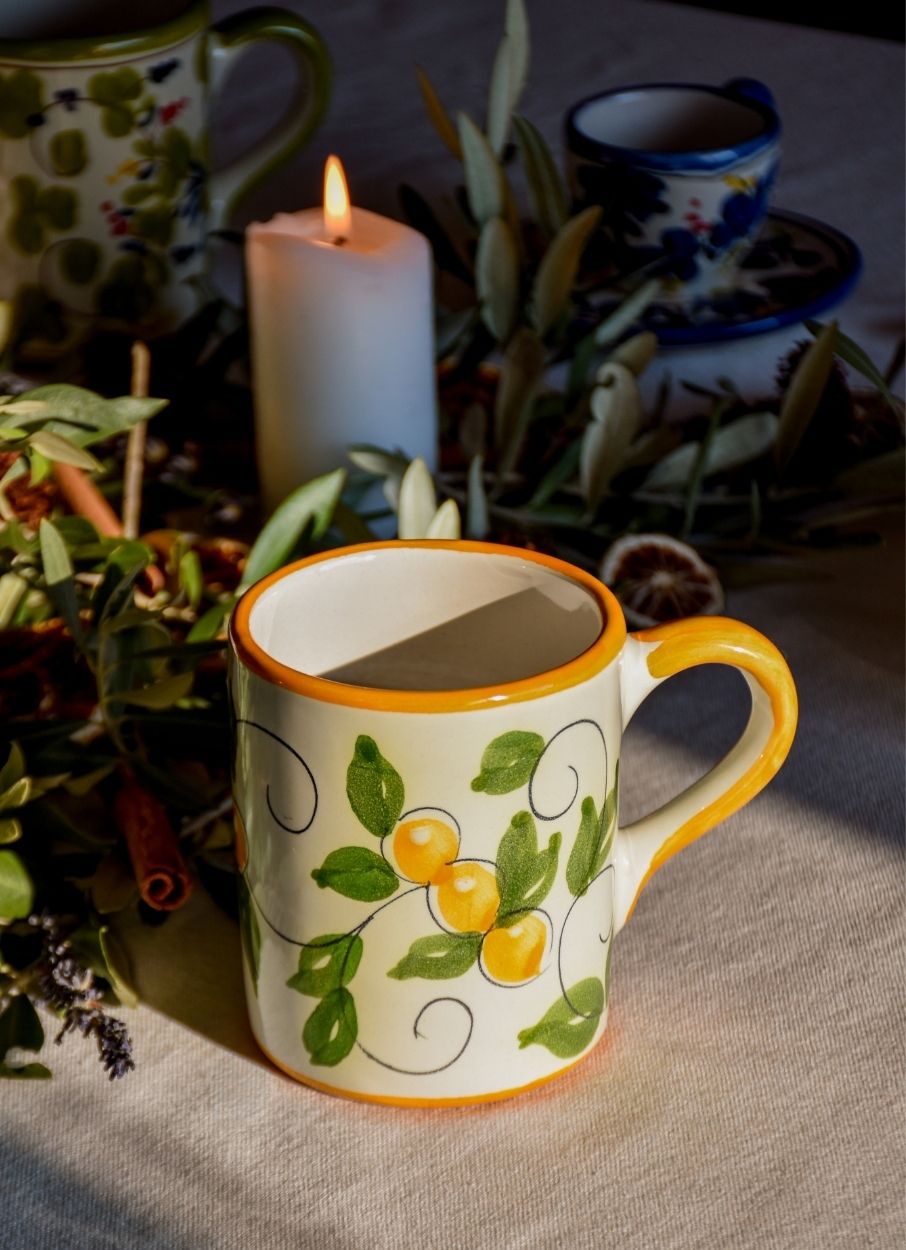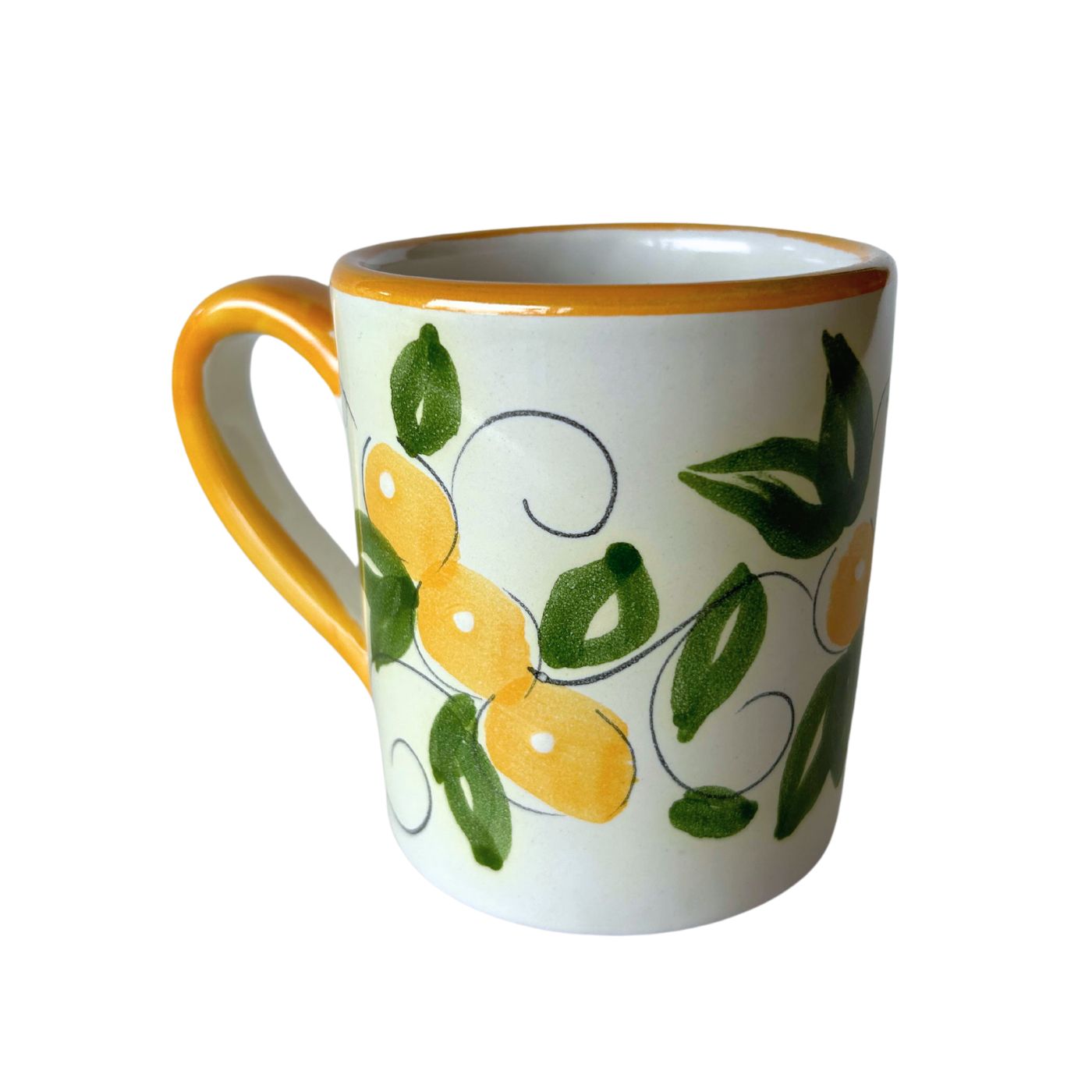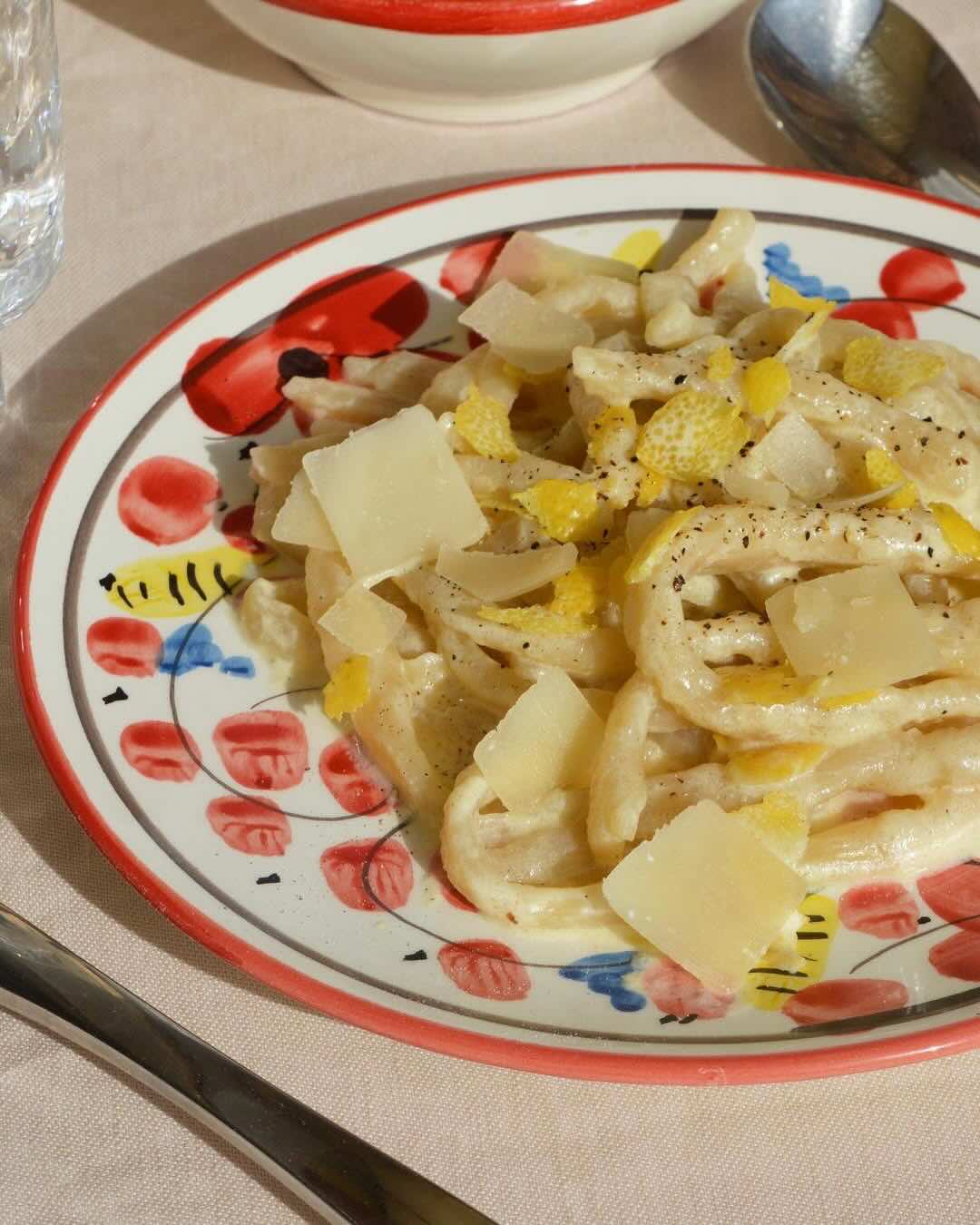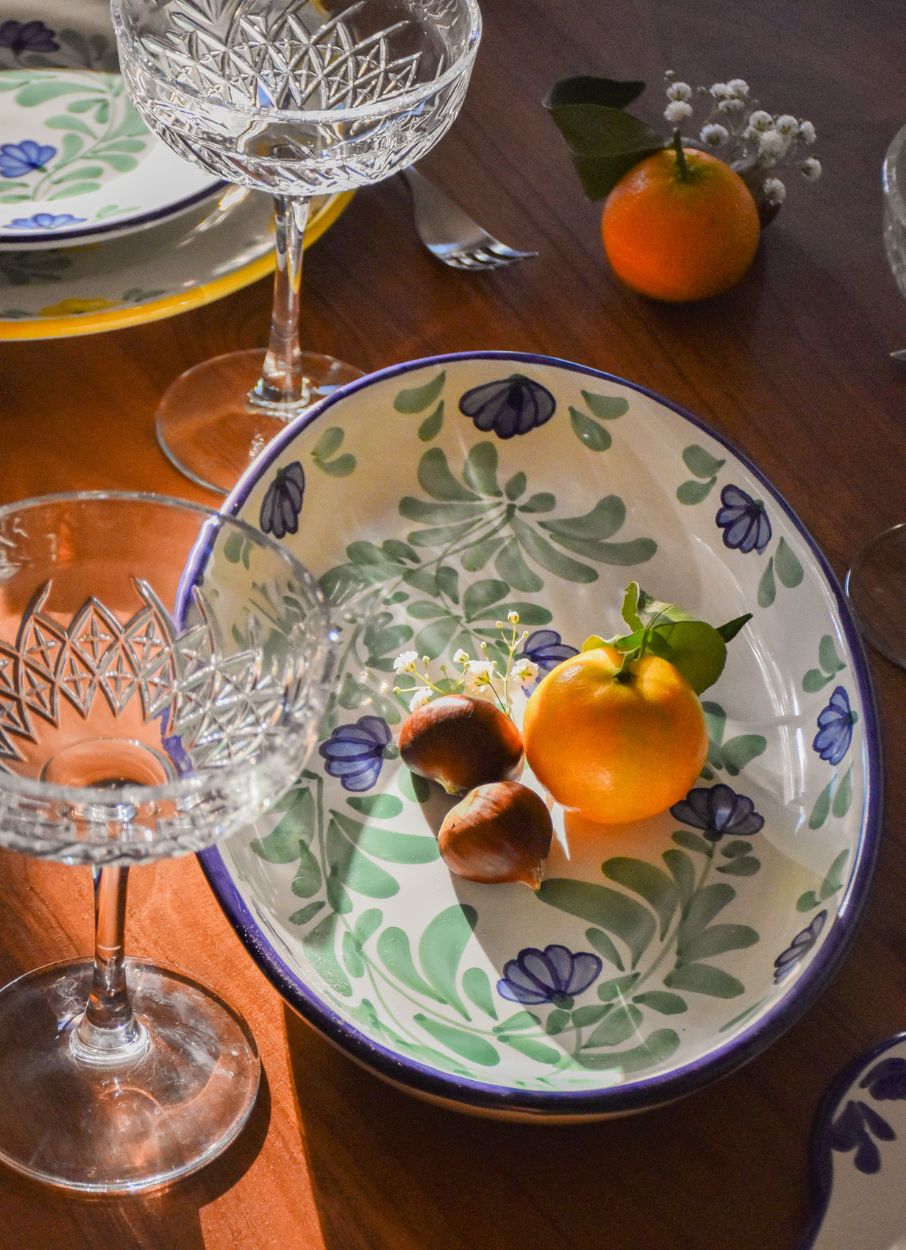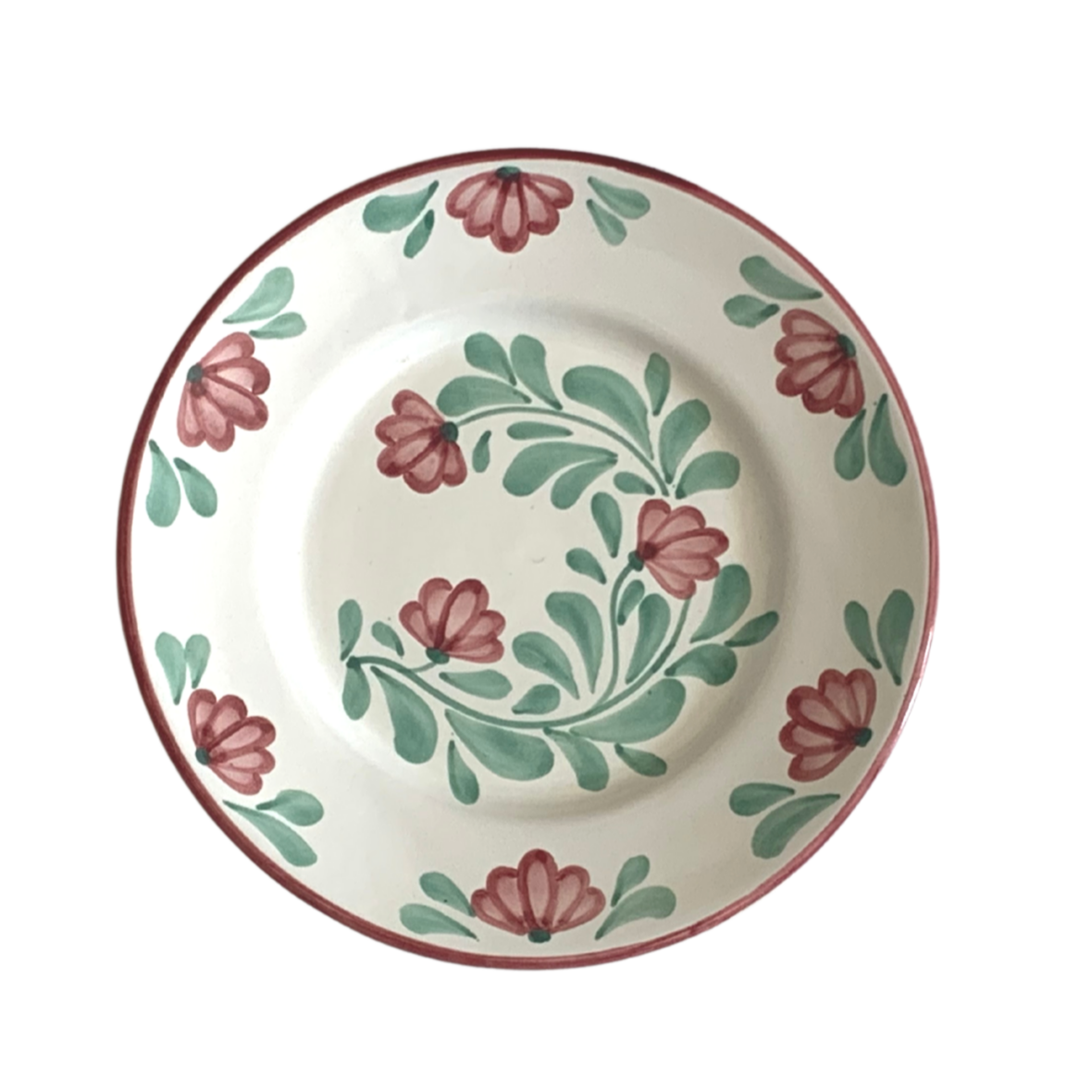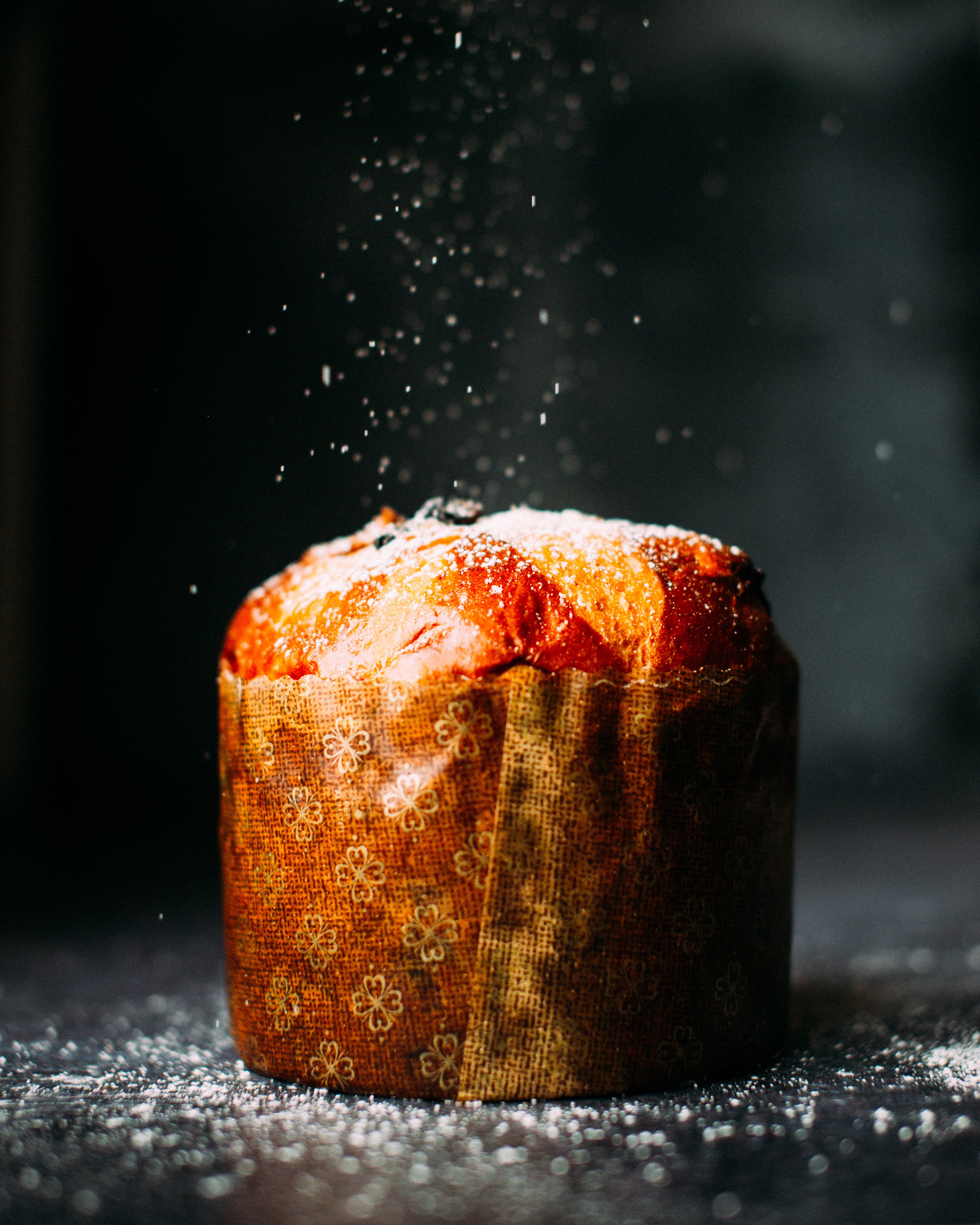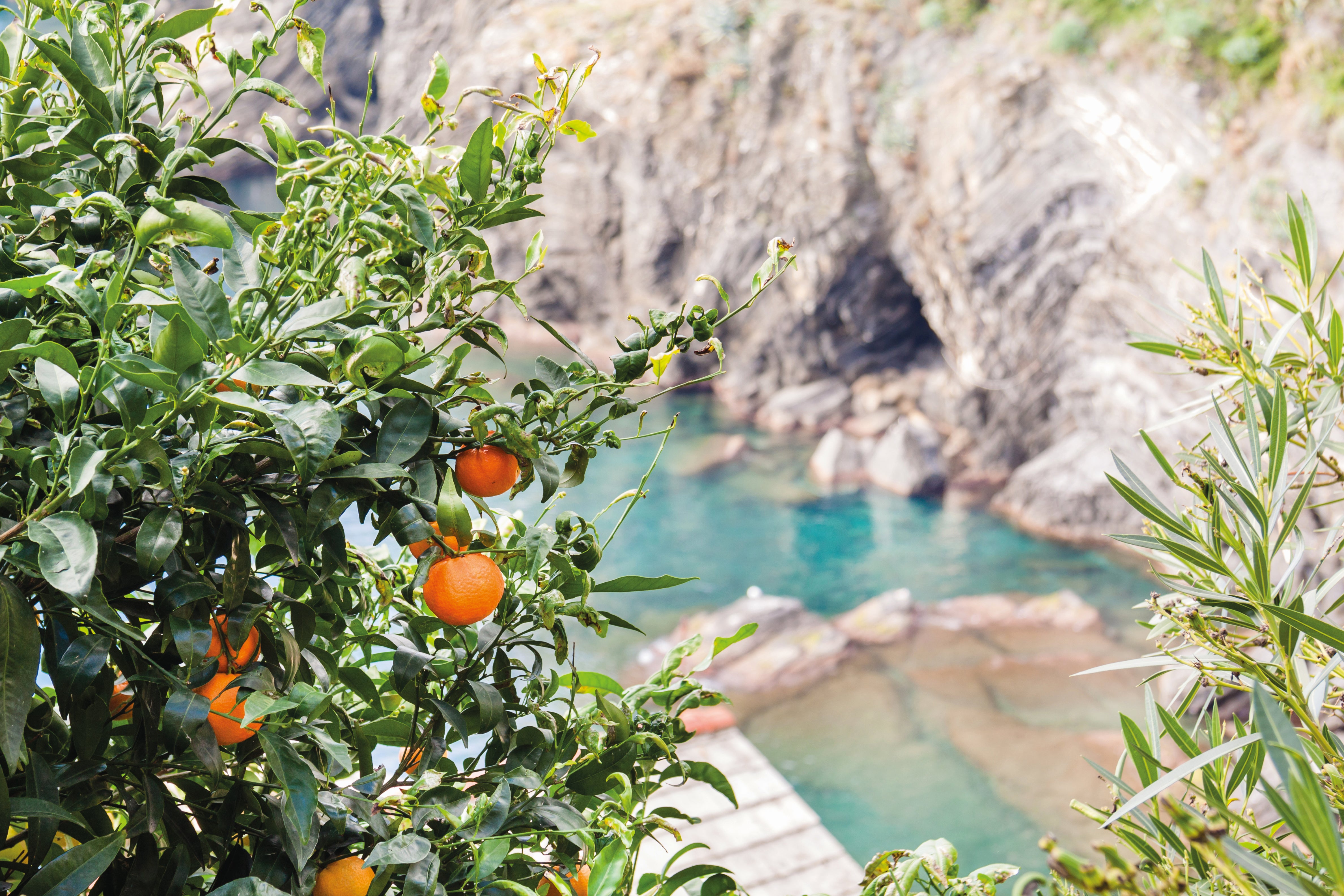
Agrumi italiani
Sicily , Calabria, Amalfi Coast, Puglia... Names evocative of sunny terroirs, ideal for growing colorful, sun-drenched citrus fruits. Lemons, oranges, bergamots, citrons, a quick overview of the local species that make Italy an emblematic country for citrus growing.
The presence of citrus fruits in the Mediterranean basin is the result of a millennial, long and complex history. Italy, with its exceptional climatic conditions (a warm and sunny climate, mild winters) quickly saw the proliferation of these plants, whose presence on the peninsula is attested from the 4th century AD. Today, the cultivation of citrus fruits in Italy is a tradition representative of know-how recognized throughout the world: Sicily and Calabria, the most prolific regions, alone account for nearly 85% of national production, followed by Puglia, Sardinia and Campania. Although most of these regions cultivate numerous species (among others oranges, lemons, citrons, clementines, chinotto, grapefruits, etc.), there are, however, world-renowned local "specialties".
L'Arancia Rossa di Sicilia
There are numerous citrus orchards in Sicily, a particularly fertile land for these fruits. But the island, by its specific geological constitution, remains the only one in the world to produce real blood oranges, signatures of this terroir made fertile by the volcanic activity of Etna and its microclimate (heat, sunshine and significant thermal differences between night and day). It is in the plain of Catania, at the foot of the volcano, that this citrus fruit thrives, of which there are several species ( Tarocco , Moro , Sanguinello ) and which benefits from the European protected geographical indication (PGI) Arancia Rossa di Sicilia label. Nicknamed oro rosso by the local community, the blood orange is celebrated every year around February-March during the Sagra dell'arancia rossa (village festival dedicated to food) in several villages on the island.
Chinotto, base of popular drinks
Less known to the general public, this small citrus fruit between orange and lemon is grown in Sicily and Liguria. Its overly bitter taste makes it unsuitable for consumption in its pure state; On the other hand, it is used in the composition of the popular liqueur Campari as well as that of the drink Chinotto , a soda very famous in the country. Dark in color and with an appearance similar to that of Coca Cola, this slightly sweet drink with a bittersweet taste that Italians love has been produced industrially since the 1950s; it is today produced in Italy by several companies and mainly consumed in Italy and Malta.
Calabria, home of an exceptional citrus fruit: bergamot
Fruit of the bergamot tree (a tree resulting from the hybridization between a bitter orange tree and a lemon tree), bergamot is mainly cultivated on the Calabrian coast which is distinguished by its microclimate. In wide valleys, small streams irrigate the orchards swept by scirocco, providing particularly favorable conditions for the cultivation of this citrus fruit. This fruit with very bitter and acidic flesh, as big as an orange and yellow as a lemon, is not eaten as is but is renowned for its essence which is now the subject of an AOC. Widely used in cooking, it flavors pastries such as madeleines but also seafood or game dishes. Her success goes beyond the borders of Italy: in Nancy, she is the originator of a candy with the eponymous name and also gives Earl Gray tea its characteristic taste. Finally, it is widely used in perfumery where it is considered a noble material, thanks to its warm, sensual and refined note. It also forms, with other citrus fruits such as lemon, orange and grapefruit, a very old olfactory family: citrus fruits. Present in almost all perfumes, and in even greater quantities in Eaux de Cologne, citrus fruits bring freshness and tone, giving the first impression to the fragrance.
Citron from Calabria and Sicily
Little known in France, the fruit of the citron tree resembles a very large dented lemon, sometimes misshapen, which can reach 20cm and 3kg. Its yellow bark, very thick and relatively hard, contains a scant and not very juicy pulp. The portrait is not really flattering... but it is nevertheless an incredible fruit, with a delicately tangy taste. The citron is mainly eaten candied (it is also used in the making of the famous Christmas panettone ) but it can also be eaten fresh, in very thin slices, as in insalata alla siciliana , a sumptuous refreshing salad with subtle flavors, simply composed of citron, olives, dill and parsley, olive oil and coarse salt.
Lemon, treasure of the Amalfi Coast
Larger and less round than the classic lemon, less regular too (it is 100% natural), this lemon has a particularly juicy and acidic pulp and has few seeds. From small productions, it is grown in magnificent terraced orchards overlooking the Mediterranean and is registered at European level as a PGI, Limone Costa d'Amalfi .
A flagship product of the town of Amalfi, it is the source of wealth for dozens of shops in the town center where it is sold in different forms, including the famous Limoncello . This lemon liqueur, typical of Italy, is produced all over the coast but the three most important cities (Amalfi, Capri and Sorrento) still dispute its origin. Limoncello is obtained by macerating lemon peels in alcohol, to which a sugar syrup is added. Sweet and aromatic, it is usually served very cold as a digestive. Crema di limoncello is a more delicate (…and caloric!) version of the famous liqueur: instead… it is a classic limoncello base to which whole milk and crème fraîche are added to make a creamy drink with a pretty pale yellow color.
If you want to get a closer look at Italian citrus fruits and have the opportunity to go to Milan, don't miss the Agrumi event in February organized in the lush garden of the sumptuous Villa Necchi, in the east of the city. city. This annual event welcomes producers from all over Italy for a weekend. The opportunity to discover many species of citrus fruits, buy plants or browse the small transfer window which brings together around thirty exhibitors (purchase of citrus fruits and local products: orange tree honey, citron jams, juices, biscuits dry etc.).

